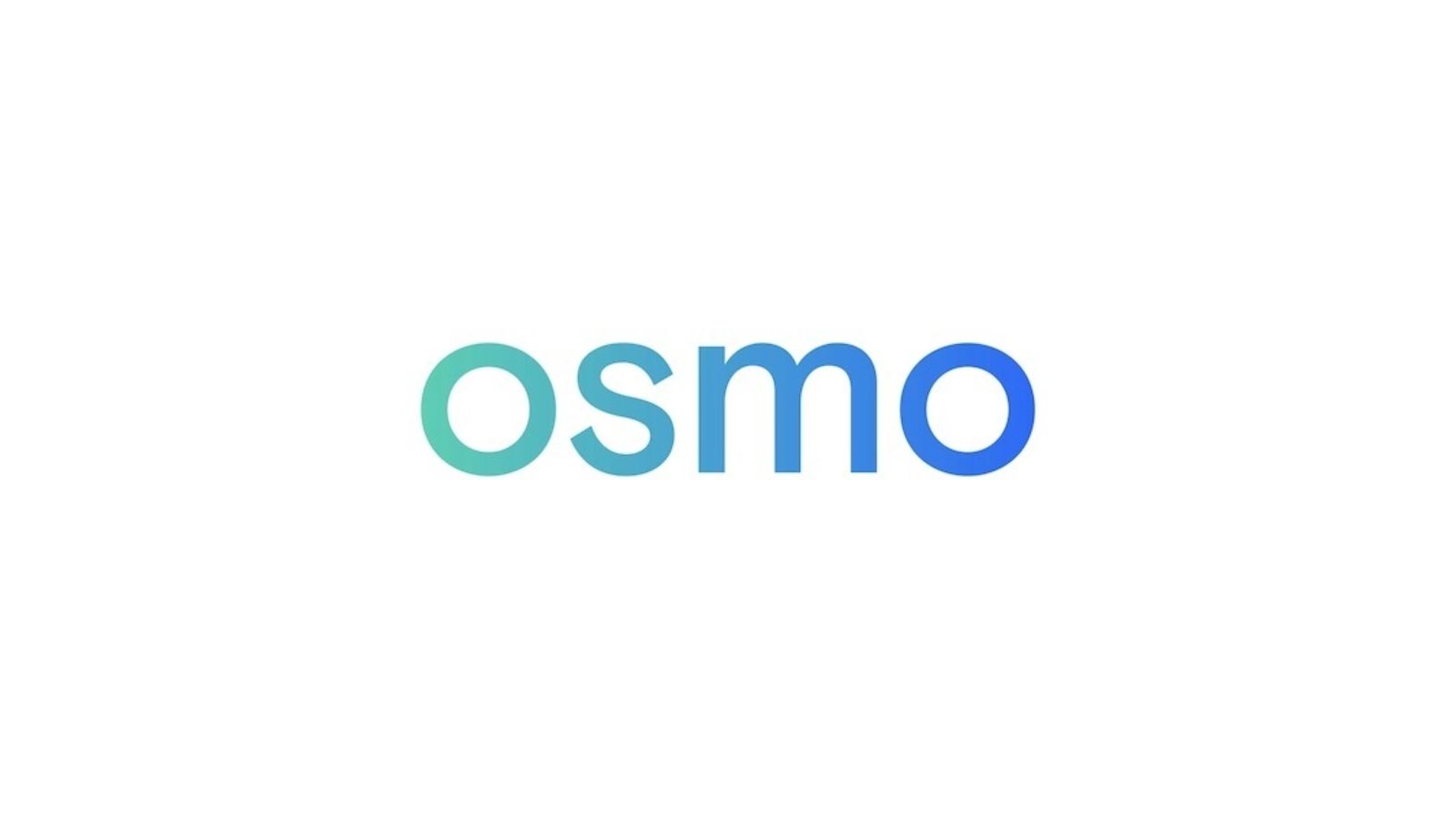Data is the main stay of every industry and sector. Ever since the organizations have realized the importance of data for their growth and success, they have started collecting data.
The collected data is segregated into two categories:
- Quantitative Data
- Qualitative Data
While both the data types are important for organizations to garner insight, in this article we will talk about Quantitative Data.
Quantitative Data – Definition, and Types
In simple words, quantitative data is data that can be measured in counts or numbers, and with a numerical value that is unique and is associated with each data set. Quantitative data is also known as numerical data, and it also describes numeric variables for instance – how many?; how much?; and how often?
Quantitative data may also be described as a collection of quantifiable information, which can be used for statistical analysis and mathematical computations that inform real-life decisions. For instance, a manufacturing organization may need to answer – how much is the cost of production?
Organizations will collect their production cost by answering this question and then reveal the selling cost of the organization where the selling cost is equal to the sum of the production cost and profit.
But what is the definition of quantitative data?
The data that can be quantified is known as Quantitative Data. In simple words, data that answers your questions of quantity is quantitative data like how much is the distance is kilometers, how much is the length in centimeters, or how many students in a class.
Two Types of Quantitative Data
1. Discrete Data: Discrete Data are whole numbers, whose values stay constant within a given time frame. This is data that can be counted.
Few examples of discrete data include:
- On a given day: the number of puppies up for adoption at a local shelter
- The body temperature of someone who just woke up from sleep in the morning
- Number of boys and girls in your fourth grade
2. Continuous Data: In opposite to discrete data, continuous data are numbers within a particular range of datasets. They don’t have to be necessarily whole numbers and are liable to change more often in the given time frame. Some of the examples of continuous data include –
- Number of puppies up for adoption over a course of a year at the local animal shelter
- Body temperature measured throughout the day
- The number of fourth graders Shania has taught since she started teaching 20 years ago
Continuous Data is further divided into two types –
1. Interval Data (3): Interval data is a type of continuous data, which groups variables into some sort of categories. It always uses an ordered scale of various types. Some examples of interval data include –
- Measurement of temperature in Celsius or Fahrenheit like -50, -40, -30, -20, -10, 0, +10, +20, +30, +40, +50
- Time through the day such as 2am, 3am, 4am so on and so forth
- Monthly income like $40K, $50K, $60K, $70K
2. Ratio Data (4): Another type of continuous data, ratio data is a measurement of variables on a continuous scale that are equally distanced between adjacent values. The differentiating property of ratio data is that it has an absolute zero, which means that there is no negative value. In other words, there are no values beyond the other side of a zero. Examples include –
- Temperature measurements in Kelvin like 0, +10, +20, +30, +40, +50 so on and so forth
- Height measurements of people such as 5ft. 2in., 5ft. 3in., 5ft. 4in., 5ft. 5in., so on and so forth
- Age of living beings in months or years like 0, 1 months, 2 months, 3 months, 4 months…
Note: While discrete data constitutes one numeric value, continuous data constitutes various numeric values within a set range. Consider this: Discrete data is separate and individual data points. Continuous data on the other hand resembles lines, which mark every subtle change in the numeric values over a time period or it appears like connected dots.
Examples Of Quantitative Data
We have already seen some of the examples of Discrete and Continuous Data. But here are some more examples of quantitative data. These are general examples of quantitative data; we will also look at the examples of quantitative data in Research and Statistics.
Examples: Quantitative Data
- Length in meters or centimeters
- Weight in grams/kilograms
- Age in years or months
- Distance in kilometers
- Revenue in dollars
- Number of weeks in a year
- Height in inches or feet
Now that we know what quantitative data is and what are its types let’s have a look at some more examples of quantitative data in Research and Statistics.
You will find numerous examples of quantitative data in both research and statistics. Since each of these examples are different from each other, we will highlight these examples separately for better clarity.
Statistics: Examples of Quantitative Data
- Mean height of students in a class
- Physical objects’ measurements
- Calculation of CGPA scores
- Number sequence
- Probability
Research: Examples of Quantitative Data
- Projection of data
- Population census
- Yearly income
- Website traffic
- Survey of client / customer satisfaction
With these examples, you will get a brief overview of quantitative data and its importance in the field of data analytics.
Author Profile
Swati Gupta is a Disruptive Technology writer and editor with almost three years of experience in the field. A journalist transitioned into a lifestyle content writer and consultant with almost 18+ years of experience. Contact me for writing, editing, and proofreading here or at swatithewriter (at) gmail (dot) com






